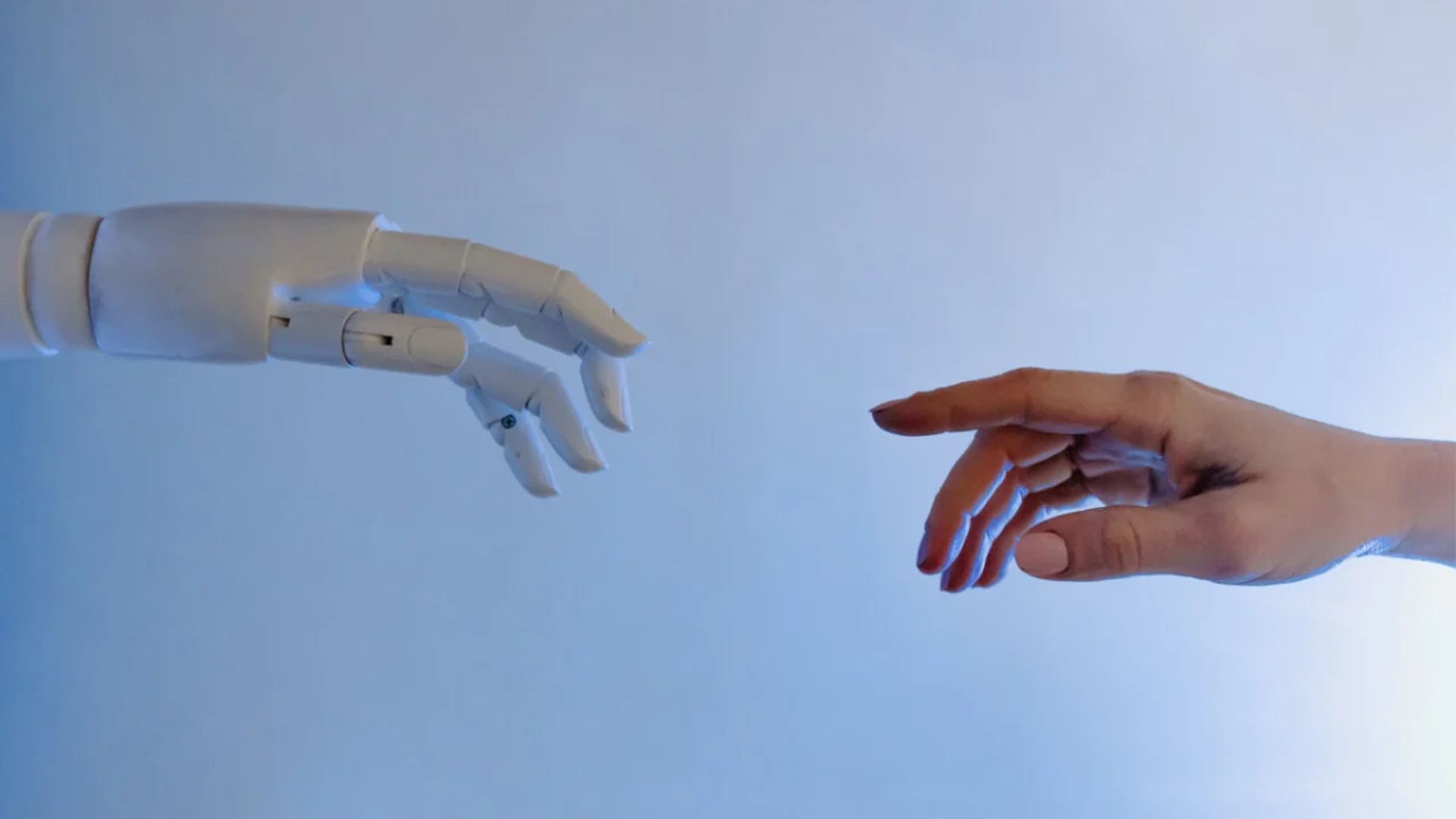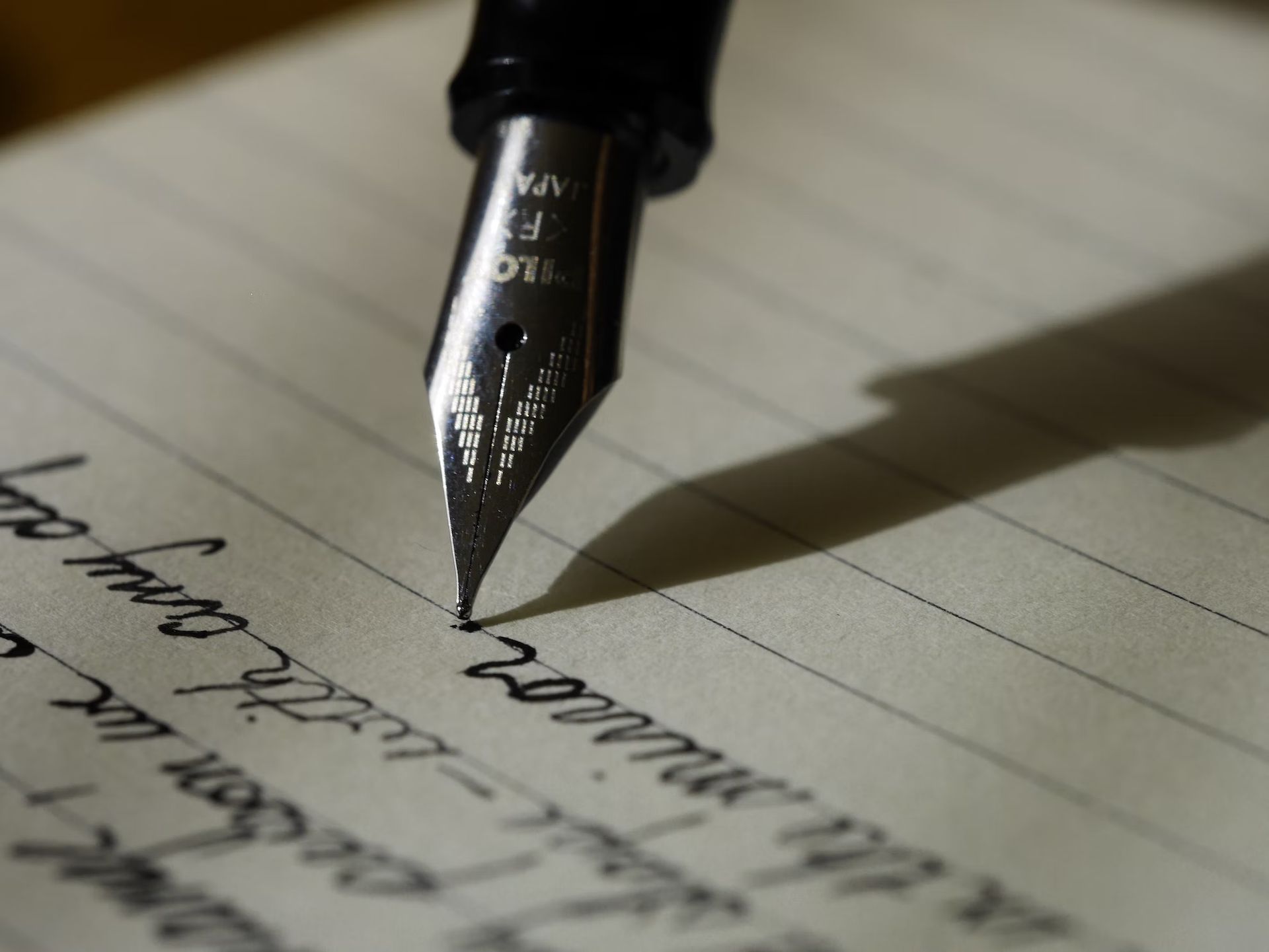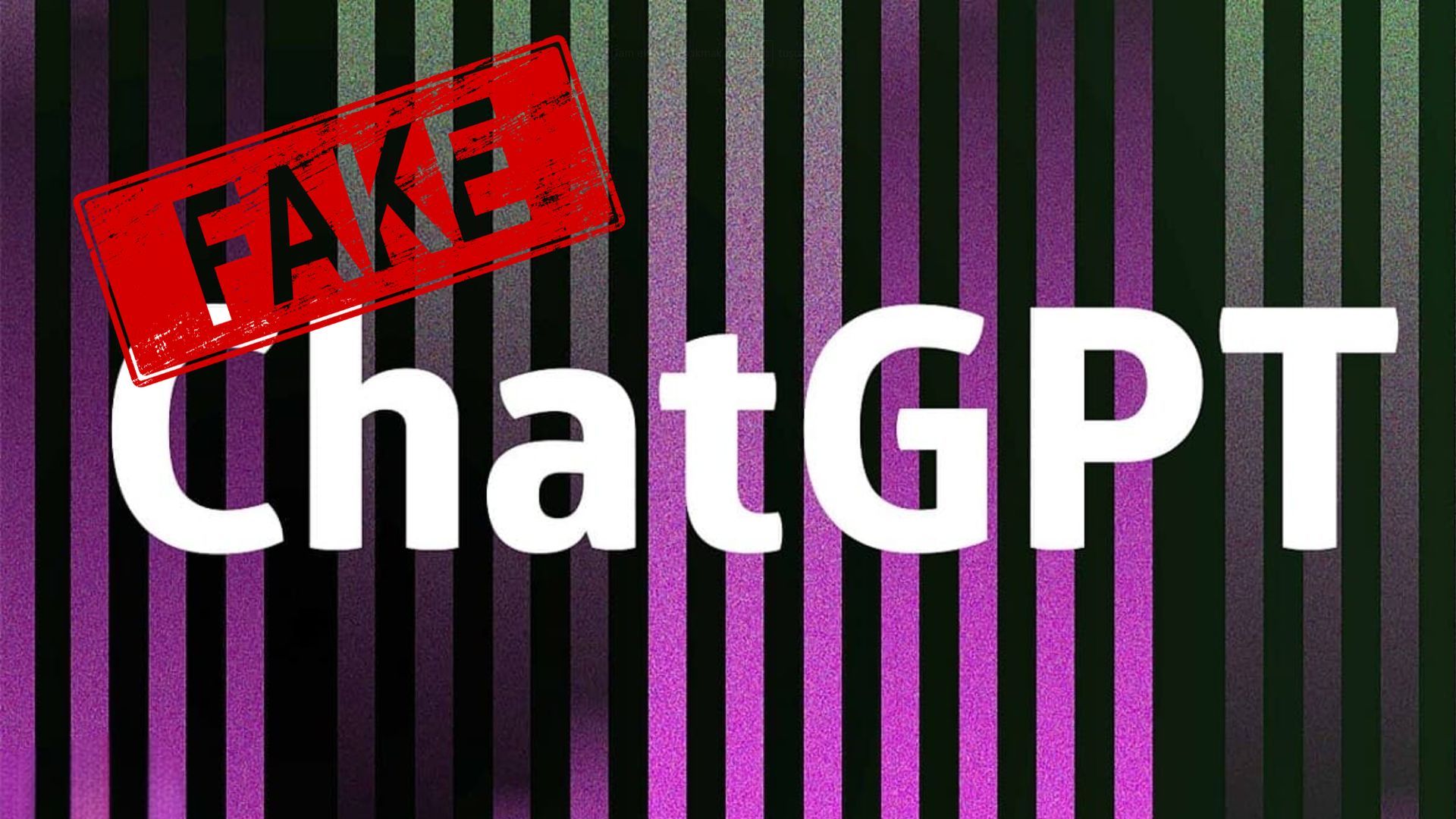Edward Tian, a 22-year-old senior at Princeton University, created the GPTZero app during his winter break. The app is designed to evaluate whether a text was generated by the popular chatbot ChatGPT. According to Tian, GPTZero app can quickly and efficiently determine whether a text was written by a human or ChatGPT, and it was created due to concerns about unethical usage of ChatGPT in academia.
Edward Tian, a computer science major with a minor in journalism, developed GPTZero app to address what he sees as an increase in AI plagiarism. He believes that people deserve to know whether AI or a human is the author of a text, and this desire led him to create the app. In a tweet promoting GPTZero app, he wrote, “There is so much hype around ChatGPT. Is this and that being written by AI? We humans deserve to know!”
I spent New Years building GPTZero — an app that can quickly and efficiently detect whether an essay is ChatGPT or human written
— Edward Tian (@edward_the6) January 3, 2023
After the introduction of ChatGPT in November, there have been reports of students using the language model to submit AI-generated assignments as their own. With the development of GPTZero app by Tian, teachers now have a new tool to identify if the essays submitted by students are written by ChatGPT. On January 2nd, when Tian made the app available, other teachers reached out to him to share positive feedback about its performance in detecting AI-written essays.
GPTZero app: How to detect ChatGPT writing?
GPTZero app uses “perplexity” and “burstiness” as indicators to determine whether a text was written by a human or a bot. Perplexity is a measure of text complexity, if GPTZero app find the text to be difficult to understand, it means the text is more complex, and hence it is likely to have been written by a human. If it is found easy to understand, it is most likely to have been generated by AI as it has been trained on similar texts. “Burstiness” contrasts the different sentence versions and humans tend to write more quickly, which may include a mix of longer and shorter words, while AI generated sentences are typically more consistent.

Tian demonstrated how the app can distinguish between texts written by humans and AI by showing its analysis of a New Yorker article and a ChatGPT post on LinkedIn in a video. The app proved to be effective in its analysis. Within a week of its launch, GPTZero app had been used by more than 30,000 users and its popularity caused the app to crash. Streamlit, the open-source software that runs GPTZero app, has since provided more resources to handle the high traffic on the website to help Tian.
here's a quick demo with john mcphee's "frame of reference" pic.twitter.com/WphxfxxFdr
— Edward Tian (@edward_the6) January 3, 2023
Edward Tian is not the only one fighting against AI plagiarism and fabrication. OpenAI, the creator of ChatGPT, has also shown its commitment to stopping such malicious use of AI. According to Scott Aaronson, an OpenAI researcher specialized in AI safety, the organization has been developing a way to embed “unnoticeable secret signal” in GPT-generated text to trace its origin, which is similar to the concept of “watermarking”. This will help in detecting AI plagiarism or other malicious uses.
The open-source AI community Hugging Face has released a tool that can determine whether a text was generated by GPT-2, an older version of the AI model used to create ChatGPT. A philosophy professor in South Carolina, who was aware of this technique, reported that they used it to detect a student submitting work that had been created by AI.

Edward Tian is not against the usage of ChatGPT and other AI technologies, He believes that GPTZero app is not meant to prevent the use of these technologies but to provide a way to responsibly adopt them and have the necessary protection. He wants to bring transparency to AI which has been a black box for too long. He created the app to give people an insight into what differentiates human writing from AI generated writing, though he understands that GPTZero app is not perfect and still working on improving its precision. He emphasized that, his primary goal is to make AI more transparent.
Even though there are rightful projects against plagiarism, some big players, such as Microsoft, is integrating ChatGPT into their software!





